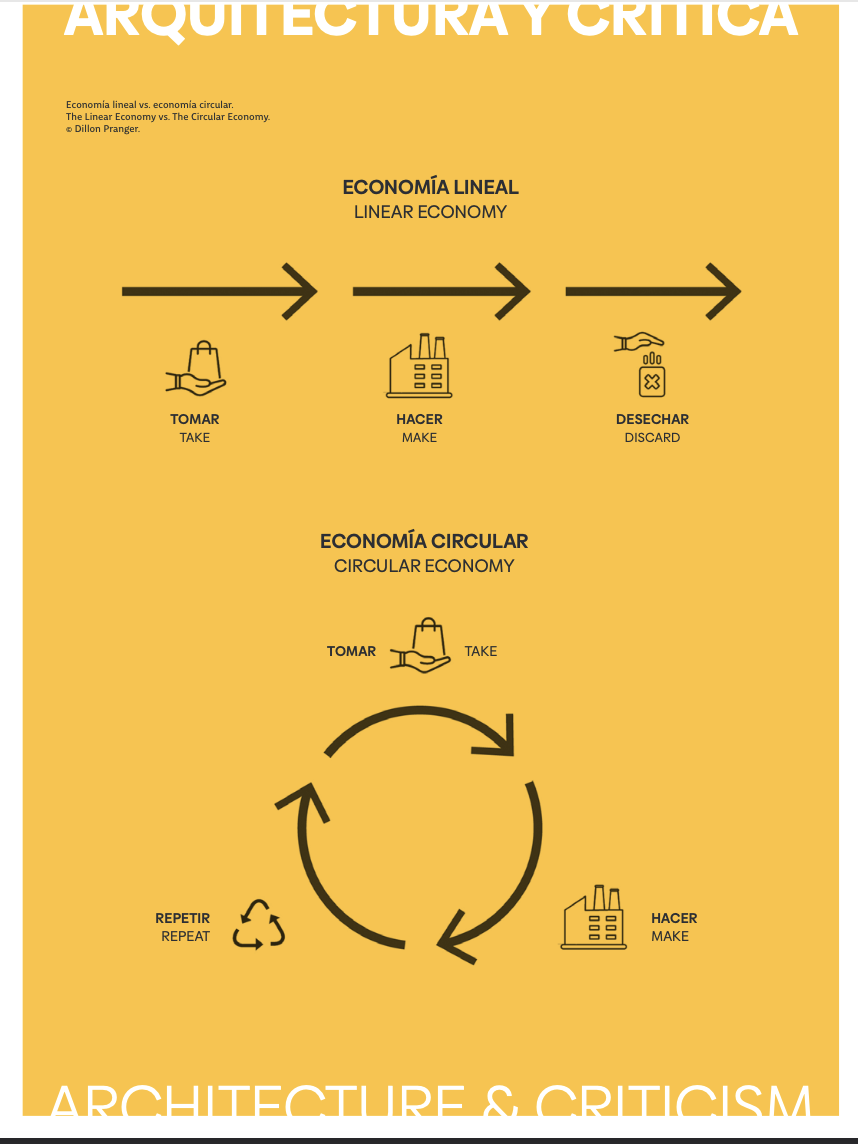Built Matter. Review of Building Better – Less – Different: Circular Construction and Circular Economy, by Felix Heisel and Dirk E. Hebel, in collaboration with Ken Webster (Birkhäuser, 2022)
Article Sidebar

Keywords:
Main Article Content
Abstract
With the built environment being responsible for nearly 40 per cent of global carbon emissions, architects and their role in the design and execution of buildings play an increasingly vital role in helping to fight climate change. Furthermore, interconnected issues of material scarcity, energy- intensive manufacturing processes, and wasteful construction practices make architectural and design decisions ever more important. This paper reviews a series of sustainable architecture strategies outlined in the recent publication, Building Better - Less - Different: Circular Construction and Circular Economy. A collection of writings and case study projects offer a series of answers to how architects may begin to address our profession’s current linear habits of consumption. Through discussing a series of concepts, methods, and examples of circularity in architecture and the global economy, it is quickly understood that there is no quick fix to this problem. Instead, a holistic approach that combines technical and material innovations as well as social, economic, ecological, and ethical strategies, is required if architecture is to operate as a truly circular economy.
Article Details

This work is licensed under a Creative Commons Attribution-NonCommercial 4.0 International License.
Materia Arquitectura provides immediate and free access to all the content of this online edition, published simultaneously with the print edition.
Materia Arquitectura does not charge authors for any concept.
All contents of this electronic edition are distributed under the Creative Commons license of "Attribución-shareAlike 4.0 Internacional" (CC-BY-SA).
The rights of the published texts and images belong to their authors, who grant Materia Arquitectura the license for their use. The management of the permits and the authorization of the publication of the images (or of any material) that contains copyright and its consequent rights of reproduction in this publication is the sole responsibility of the authors of the articles.
As long as they mention their origin, the authors are free to distribute their articles by other means. Any total or partial reproduction of the material must mention its origin.